Standard Dog Training
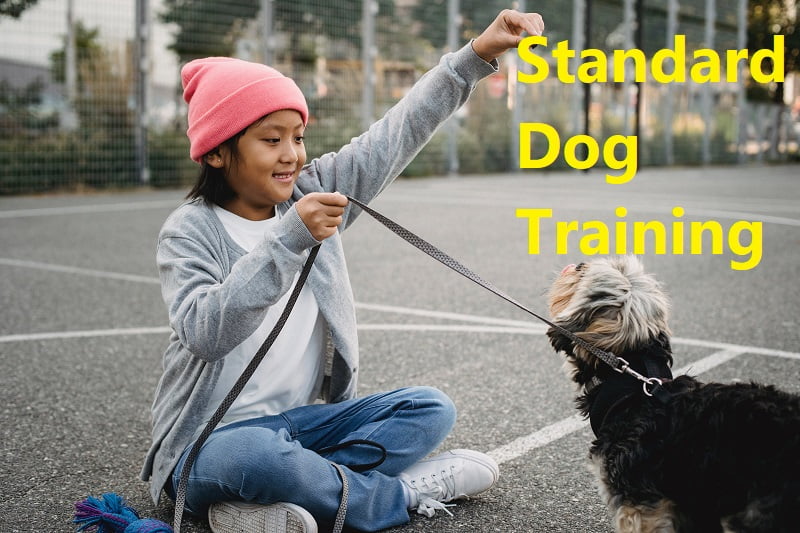
Fundamental Dog Training
Standard Dog Training You might be interested in obtaining some fundamental pet dog training if you have a brand-new canine or pup.
Canine training can be shown by an obedience teacher, or you can do the pet training on your own.
Pet dog training with an obedience trainer can differ in rate and also it generally occurs in a course. It is typically complimentary as well as you
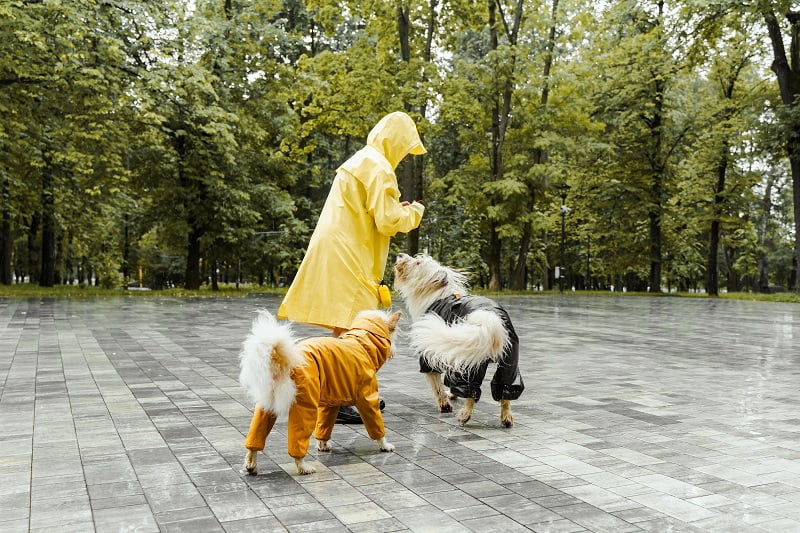
can do it from your very own residence if you do the pet training on your own. It is best to obtain informed on pet dog training if you do select to do the canine training on your own.
Standard Dog Training today
There are 3 standard points your pet dog ought to discover via standard canine training. The very first component of pet training is to educate your pet to rest.

Do this pet dog training in a peaceful setting so your pet dog does not obtain sidetracked. Inform your canine to rest consistently as you hold the pet deal with simply over their head.
By doing this the pet dog needs to seek out and also might remain on there possess to get to the reward.
Otherwise, delicately press there back down.
Applaud them and also award them with a reward when they rest. This sort of canine training functions due to the fact that the pet continuously listens to “rest” and also will certainly find out to link the command with getting and also resting appreciation.
The following component of pet dog training is to show your canine to remain. Rest your pet dog in a location with no instructions.

Remember this pet dog training takes a while. You might require a person to rest with the canine to aid strengthen the canine to remain the very first couple of times.
You after that begin by strolling away with your back transformed when you have actually made development with this pet dog training.
Pet dogs will certainly usually rise to follow you at this moment. Inform your canine “no” as well as begin the canine training once again by consistently informing your canine to remain as you leave.
When your pet has actually understood this component, you can instruct it to come. Your pet dog must react to this pet dog training right away as well as you might after that award it.
Constantly utilize appreciation as opposed to penalty with canine training. Pets react best to favorable pet training, as opposed to unfavorable.
With every one of this in mind, you ought to have the ability to educate your pet dog the 3 basis commands.
Comply with every one of this suggestions as well as you need to quickly have an extra loyal canine that deserves everybody’s appreciation!
If you do pick to do the pet dog training on your own, it is best to obtain enlightened on canine training.
There are 3 standard points your canine need to find out with fundamental canine training. The very first component of pet training is to show your pet to rest.
The following component of pet dog training is to show your pet to remain. Inform your pet dog “no” as well as begin the canine training once more by continuously informing your pet dog to remain as you stroll away.
dog training guide 2022,dog training courses,dog training books,american standard dog training,free online dog training guide,
dog training tips,basic dog training,dog training videos,dog training,puppy training,dog trainerstandard dog training hand signals,standard dog training commands,american standard dog training,american standard dog training youtube
Dog Training part IV – Reward and punishment
Most training revolves around giving the dog consequences for his behaviour, in the hope of influencing the behaviour the dog will exhibit in the future. Operant conditioning defines four types of consequences:
Positive reinforcement adds something to the situation to increase the chance of the behaviour being exhibited again (for example, giving a dog a treat when he sits.)
Negative reinforcement removes something from the situation to increase the chance of the behaviour being exhibited again (for example, releasing the tension on an uncomfortable training collar when the dog stops pulling on the leash).
Positive punishment adds something to the situation to decrease the chance of the behaviour being exhibited again (for example, growling at a misbehaving dog).
Negative punishment removes something from the situation to decrease the chance of the behaviour being exhibited again (for example, walking away from a dog who jumps up).
Most modern trainers say that they use “positive training methods”, which is a different meaning of the word “positive” from that in operant conditioning.
“Positive training methods” generally means preferring the use of reward-based training to increase good behavior over that of physical punishment to decrease bad behavior.
However, a good trainer understands all four methods, whether or not she can put operant-conditioning terminology to them, and applies them as appropriate for the dog, the breed, the handler, and the situation.
Rewards
Positive reinforcers can be anything that the dog finds rewarding – special food treats, the chance to play with a tug toy, social interaction with other dogs, or the owners attention. The more rewarding a dog finds a particular reinforcer, the more work he will be prepared to do in order to obtain the reinforcer.
Some trainers go through a process of teaching a puppy to strongly desire a particular toy, in order to make the toy a more powerful positive reinforcer for good behaviour.
This process is called “building prey drive”, and is commonly used in the training of Narcotics Detection and Police Service dogs. The goal is to produce a dog who will work independently for long periods of time.
Some trainers believe that the toy acts as a positive reinforcer for the desired behavior, when in all likelihood the prey drive works on an entirely different level from standard training and conditioning techniques. This is seen most clearly in the fact that,
according to the laws of operant conditioning, positive reinforcers lose their effectiveness if they’re given every single time a dog does what is desired of him; the more predictable the reinforcer, the less reliable the behavior. Yet detection dogs only work well when they are always rewarded with a toy, every single time they find drugs or explosives, etc.
The reason for this disparity is that when a dog is trained through the prey drive, the training activates an instinctive, automatic sequence that has to be completed in order for the dog to feel satisfied.
That sequence is: search, eye-stalk, chase, grab-bite, and kill bite. So when a dog searches and finds drugs or explosives, he feels he hasn’t finished his job unless he can bite something.
This is the primary reason he’s always given the toy. It’s not really a positive reinforcer. If it were it would reduce the reliability of the behavior overall. It’s a means of completing the predatory sequence for the dog.
Punishments
“Positive punishment” is probably the consequence that is least used by modern dog trainers, as it must be used very carefully.
A dog is generally only given this type of punishment if it is willfully disobeying the owner. Punishing a dog who does not understand what is being asked of him is not only unfair to the dog, but can make the dog a fearful or unwilling worker.
Punishments are administered only as appropriate for the dog‘s personality, age, and experience. A sharp No works for many dogs, but some dogs even show signs of fear or anxiety with harsh verbal corrections.
On the other hand, certain dogs with ‘harder’ temperaments may ignore a verbal reprimand, and may work best if the reprimand is coupled with a physical punishment such as a quick tug on a training collar. T
rainers generally advise keeping hand contact with the dog to positive interactions; if hands are used to threaten or hurt, some dogs may begin to behave defensively when stroked or handled.
Avoiding punishment
Keeping a puppy on a leash in challenging situations or in his crate or pen when not closely supervised prevents the puppy from getting into situations that might otherwise invite an owner’s harsh reaction (such as chewing up a favorite pair of shoes).
Next: Dog Training part V- The command voice
Adopting a Dog and Dog Training
Adopting a dog from an animal shelter is very rewarding for the new owner, as more and more dogs are put to sleep if they are unable to find a home after a certain length of time.
You are rewarded in the way that you have saved a dogs life, and additionally rewarded the animal shelter by helping them feed and look after the other dogs, and also that they have managed to save a dogs life and find it a new loving home.
When you purchase one from a shelter, it should have had the necessary injections, be checked for diseases and parasites and the new owner should be informed of the dog’s temperament and past history. This should come as standard.
The dogs at a shelter are not always strays and abandoned dogs, but quite a high percentage are handed in by the dog’s owners, for many reasons. This is beneficial for the new dog’s owner as they have more information about its history, whereas abandoned or strays have no history.
New owners should be informed of the dog’s behavior with children, if it is a noisy dog, and also whether or not the dog needs training, and if so pointed in the right direction for a dog training school.
Animal shelters provide a valuable service to the community by helping to keep the streets free of abandoned pets, and are mainly funded by the public, but the majority is voluntary.
Adopting a dog, not only saves the life of one dog, but also allows space for another off the streets, potentially saving another dog’s life in the future.
With regards to Dog Training, one of the most important outcomes of dog training is to teach your dog that your are his or her master and that you are in control, which in the long round will take a lot of stress from your dog and allow them to lead a healthier and happier lifestyle.
This is especially true of older dogs that have got into bad habits. Always carry on teaching your dog after training school, as it is like doing homework, if you do not practice it, you will not know it for the future, and therefore all of that hard work and time will have gone to waste.
Winter Dog Agility Training
Yes, its cold outside, but don’t stop your dog‘s agility training. Depending on where you live, there might be snow on the ground from November through March, but thats no reason to give up your agility training. Bring your training indoors, right at your own home.
Get creative with your training locations. Do you have a hallway, basement, or garage? Then you have a place to train!
Before it snows and your equipment is frozen to the ground, store some in your garage, shed, basement, or put a tarp over it. Bring in one piece of equipment at a time, and begin your indoor training.
We do a lot of indoor training with a Pause Table. In fact, we keep one in our living room for both obedience training and agility training all the time.
The Pause Table is a great obstacle for developing your obedience behaviors and teaching agility directional commands
Don’t forget to work on your contacts. It’s easy by having a Contact Trainer indoors. A 3-Piece Contact Trainer offers you versatility;
you have an A-frame side, the Pause Table, and a Dog-walk plank. Practicing your two feet on and two feet off is convenient and quick when you have indoor contacts, only a few minutes a day to steady your dog‘s behavior.
Indoor jumping must be approached carefully. If you don’t have indoor matting, don’t jump. You don’t want your dog jumping on concrete or wood floors.
But you can use the uprights or posts to practice your handling. Use your Sit-stay or Down-stay and practice your lines or dogs path with no jump bars.
Weaves can be practice indoors. Are you training with a weave-chute or straight line weaves? Five minutes a day of weave training through out the winter will have your dog weaving smoothly by springtime. You can practice weave entries and weave sends or weave recalls.
There is also a variety of mini agility equipment that can be purchased, and don’t require the same space as standard equipment. There are mini-teeters, mini-dog walks, and mini-A-frames. These are great obstacles for puppy training or indoor winter training.
So, during the cold winter months, don’t give up on your agility training. Whether you are starting a young pup, working a novice dog, or an experienced titled dog there is always something that you can do indoors with your agility training.
best cat diet,best diet for cats,cat diet,cat feeding,cat food,cat nutition,diets for cats,energy needs of a cat,feeding adult cats,feeding kittens,feline feeding,how much should a cat eat,
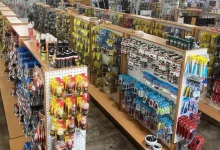


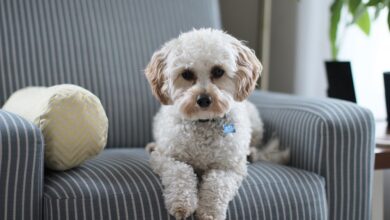
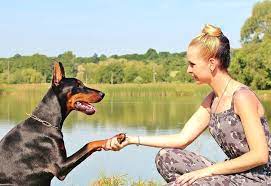
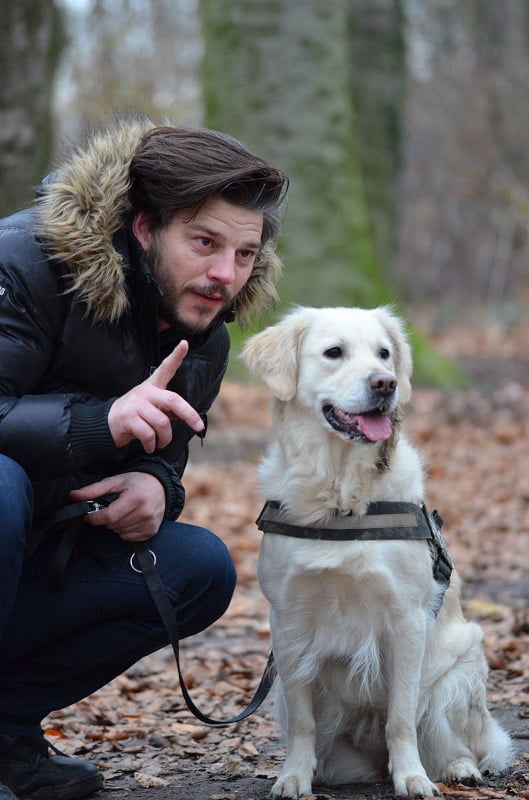

Your point of view caught my eye and was very interesting. Thanks. I have a question for you.